“But why couldn’t she vote, mummy? Why not?”
We are looking at a statue of suffragette Emily Wilding Davison, and the question is from my four-year-old daughter.
They’ve learnt about voting at preschool and Maya’s been to the polling station with her dad and I on a number of occasions, so she understands the basic premise. What she can’t get her head around, though, is the idea of women being excluded from the democratic process.
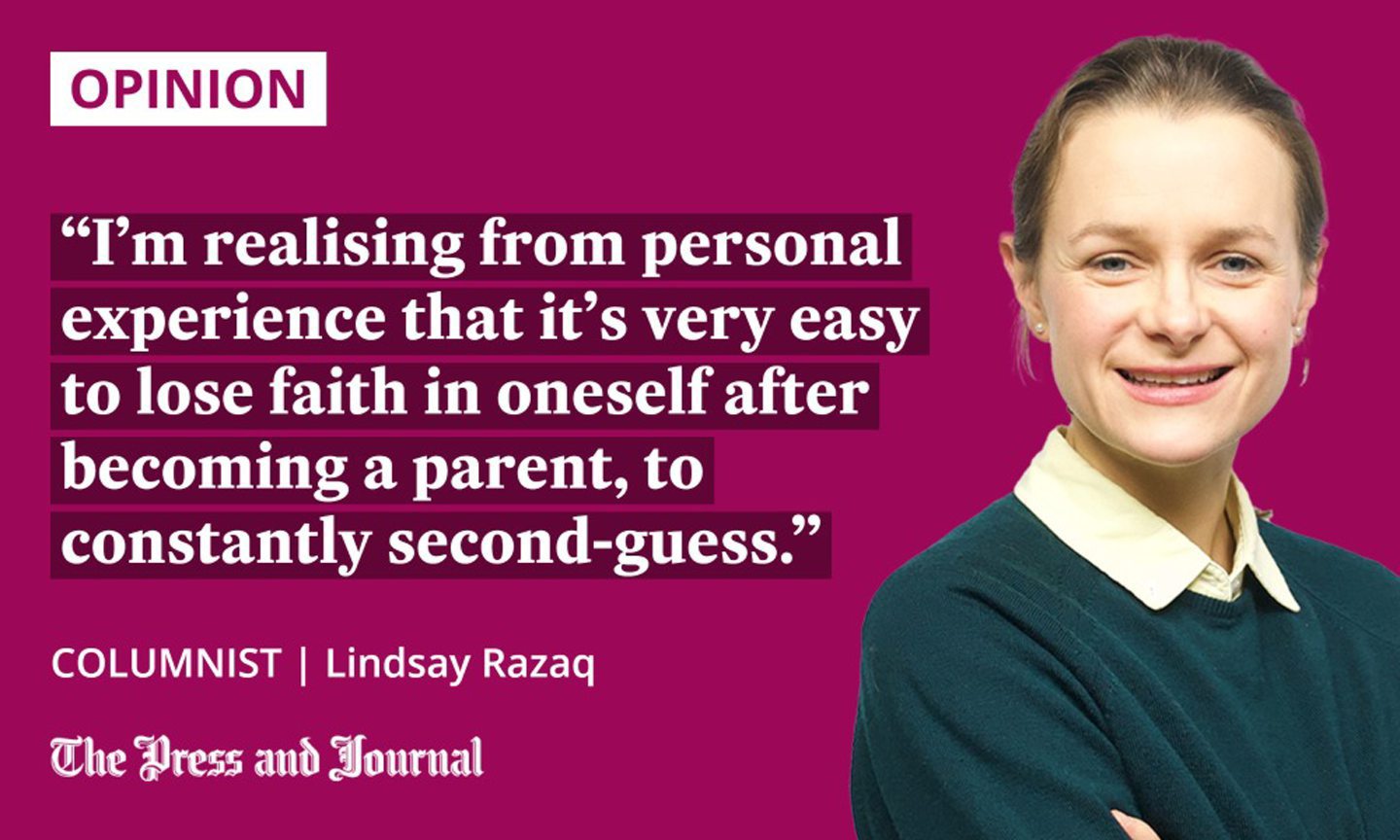
In one respect, this is wonderful. The huge strides we’ve made over the past century mean she already has the confidence to believe she can be anything she wants.
But, I’m also immediately struck by a heavy sense of duty to ensure that she doesn’t take the sacrifices of those who came before for granted, that she recognises her responsibility to carry the torch for those who come next, and isn’t complacent about the hills still to climb, both here in the UK and globally.
A long-awaited Emily Davison statue is expected to be unveiled in Epsom town, UK soon.The suffragette died at the Epsom Derby, 1913 by stepping in front of the King's horse in protest at women being denied the right to vote.
Christine Charlesworth is the sculptor #womensart pic.twitter.com/jCs4HkN14l— #WOMENSART (@womensart1) June 5, 2021
We discuss it a little further. Like me, she’s annoyingly inquisitive and won’t leave the subject alone until she’s fully grasped it.
The story is ugly. A blurb next to the sculpture reveals that Davison was force-fed 49 times during hunger strikes and then, in 1913, died after a collision with King George V’s horse, Anmer, at the Epsom Derby. Some say she was attempting to pin suffragette colours onto the animal, others that she deliberately threw herself into its path.
I hesitate before reading it out loud, worried it’s too much information for such a young mind, but I go ahead, because sometimes things are too important to sanitise.
Success inspires youngsters to believe in themselves
The plaque also shows photos of people lining the streets for Davison’s funeral, prompting further “why?”s. I tell Maya it’s because she had the courage to challenge the status quo, and inspired others to do the same.
She was a role model, I say, although, sadly, she was initially judged harshly for her actions. Indeed, Buckingham Palace’s telegram to the injured jockey Herbert Jones referred to the “abominable conduct of a brutal lunatic woman”.
We’ve been hearing a lot about female role models recently, following the Lionesses’ victory over Germany in the Euro 2022 football final. Quite right, too.
How brilliant that this group of players delivered when it mattered, in some cases in the face of repeated sexist abuse online. And – notwithstanding questions over the lack of diversity in the England squad – their success will undoubtedly inspire many youngsters to believe they too can achieve at the highest level.
Another example that comes quickly to mind is Jamaican sprint legend Shelly-Ann Fraser-Pryce, who became the first person to win five world titles in an individual running event when she took 100m gold at the World Athletics Championships last month. Forever in the shadow of Usain Bolt’s celebrity, at 35, she’s now the oldest world champion in an individual track event.
I grapple daily with the insidious thought that my time in the sun has passed, that I won’t be able to achieve in the way I did before
Oh, and did I mention she’s a mother? Her son was born in 2017 and, two years later, she became the first mum in 24 years to claim a global 100m title.
Similarly, Britain’s Dame Jessica Ennis-Hill went on to win her third world heptathlon title in 2015 after giving birth to her first child the previous year. She then came second at the Rio Olympics in 2016.
Role models are for all ages
At my current stage in life, as I’m beginning to consider what working mum Lindsay might look like going forward, I find the feats of these last two women particularly impressive. Because, with hard work and commitment to regaining both their physical prowess and emotional strength, they succeeded in reclaiming their dominance after having children.
I’m realising from personal experience that it’s very easy to lose faith in oneself after becoming a parent, to constantly second-guess, especially if you choose – as I have – to take a career break.
I grapple daily with the insidious thought that my time in the sun has passed, that I won’t be able to achieve in the way I did before – clearly a ridiculous notion when, deep down, I know I’m capable, and when I’ve got more work years ahead of me than those I’ve completed up to now.
So, having role models like these women (as well as my mum, other female relatives and friends) to look up to really helps. In fact, it is as vital to me now as ever, if not more so.
We tend to use the term “role model” in relation to children and young people, which obviously makes sense in that they are starting out, their whole lives stretching before them. The remit must be wider than that, however.
Let’s remember that – even though the support we may need at different points in our lives will change – we don’t and shouldn’t ever stop relying on others to guide us as we grow up and old.
Lindsay Razaq is a journalist and former P&J Westminster political correspondent who now combines freelance writing with being a mum
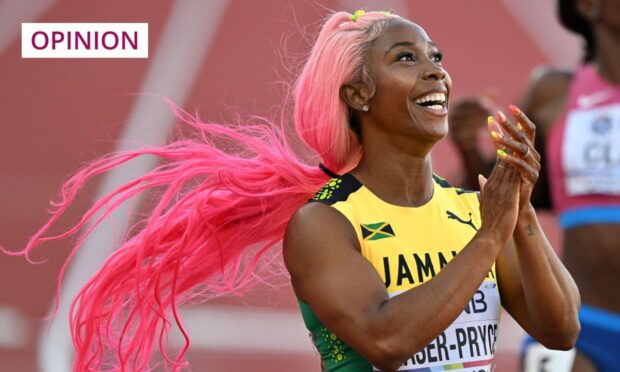
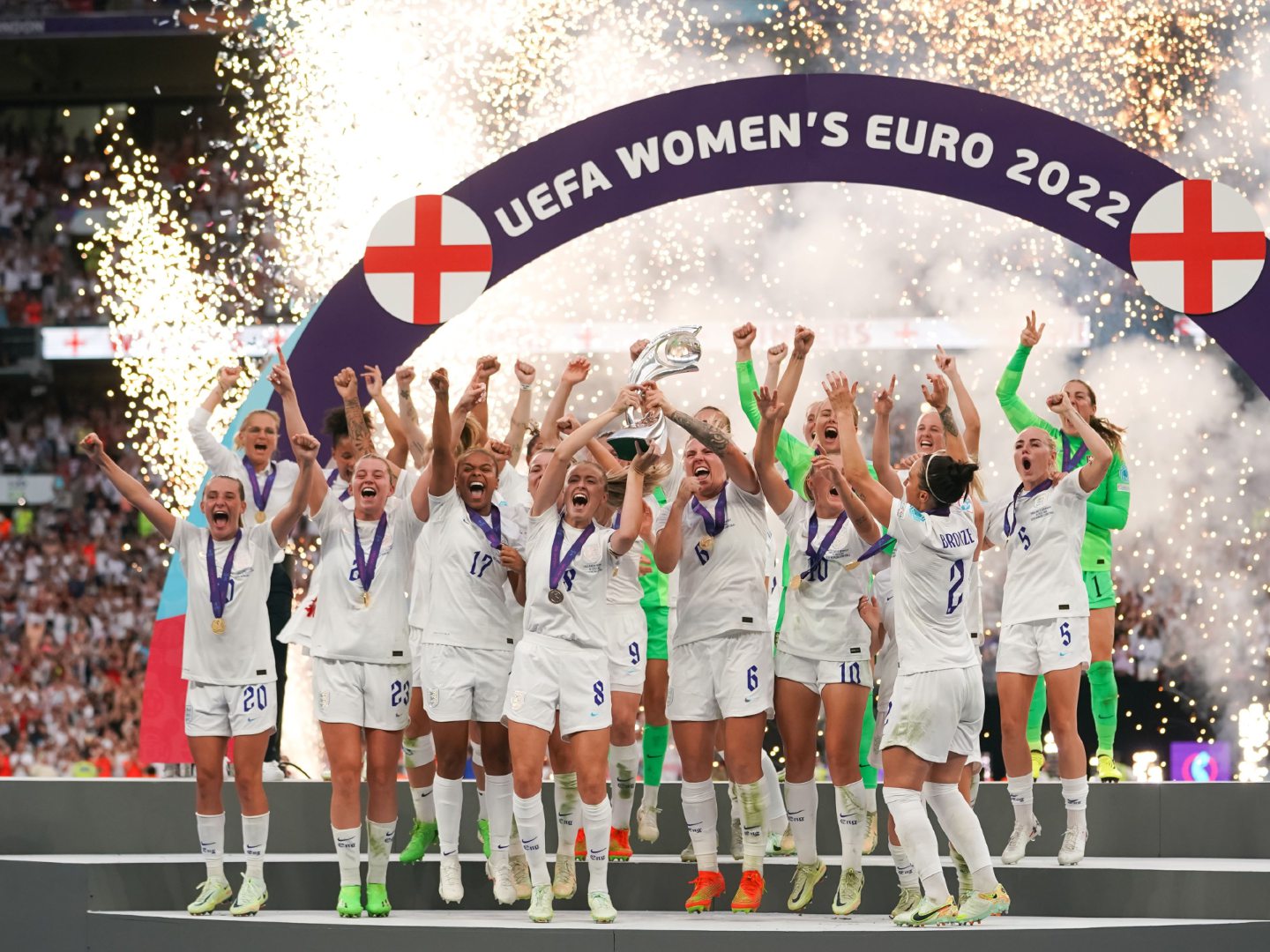
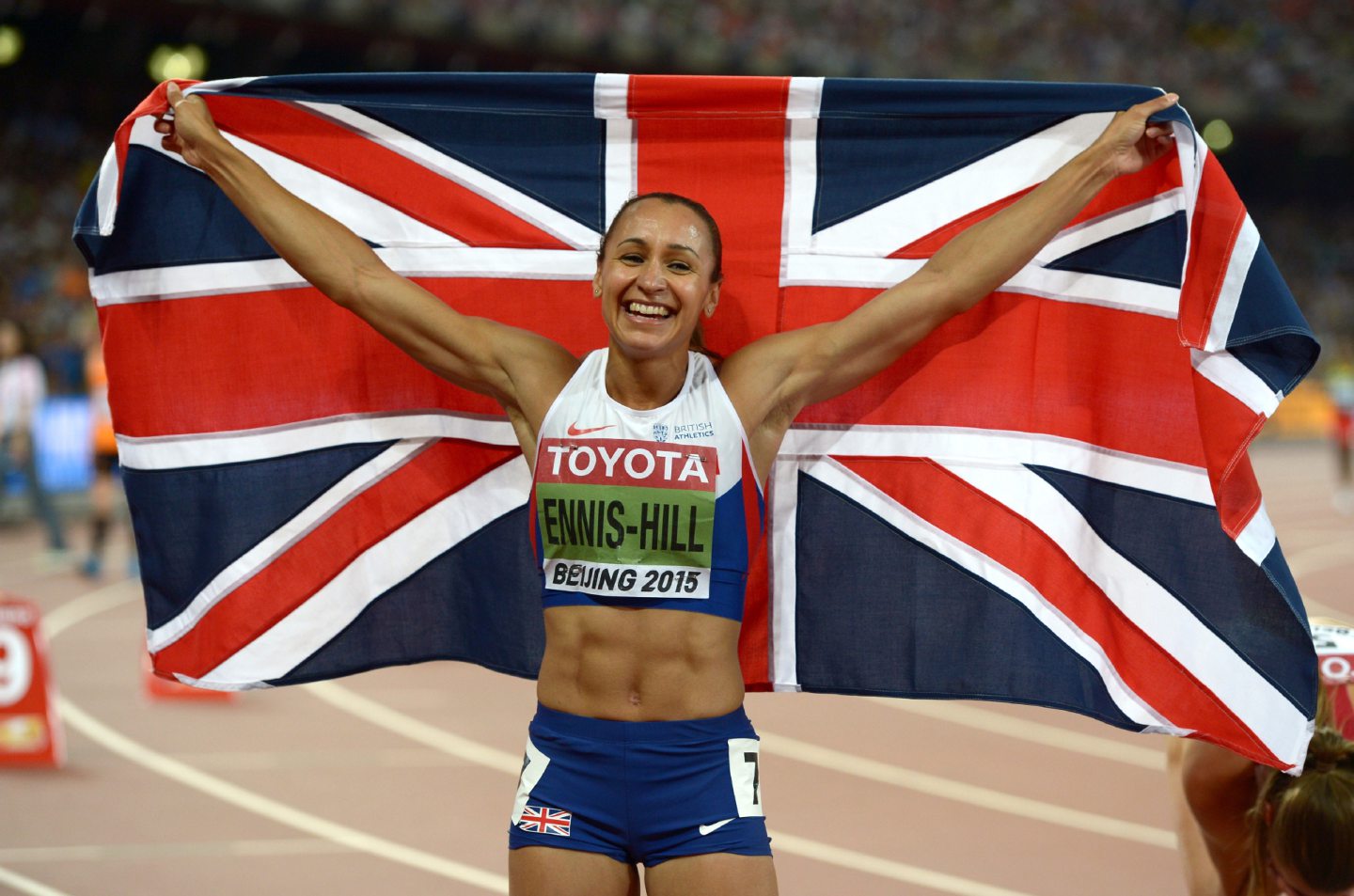
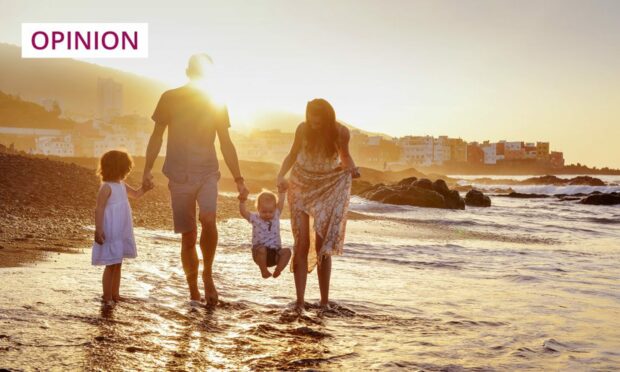
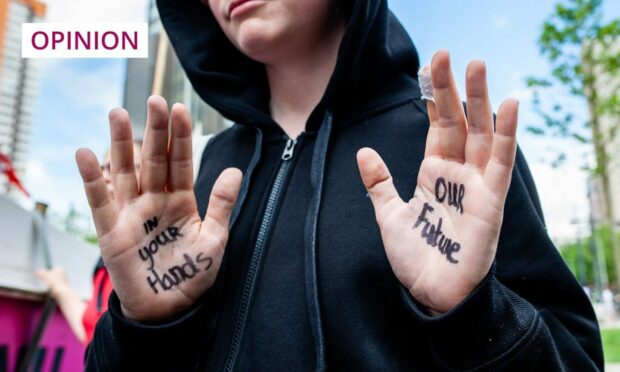
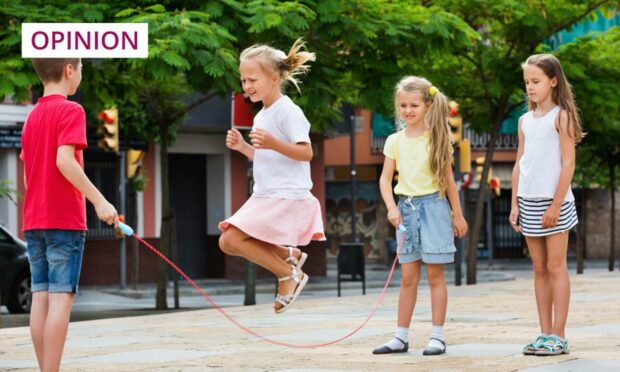
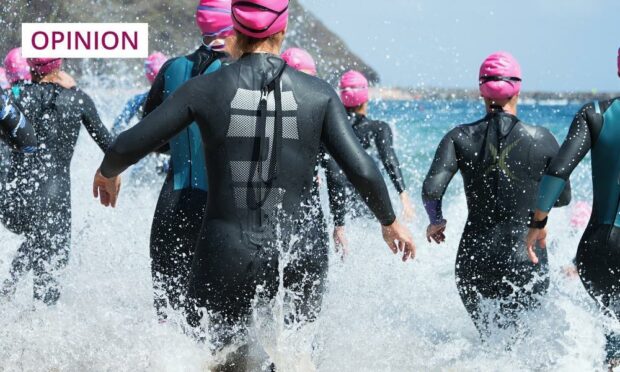
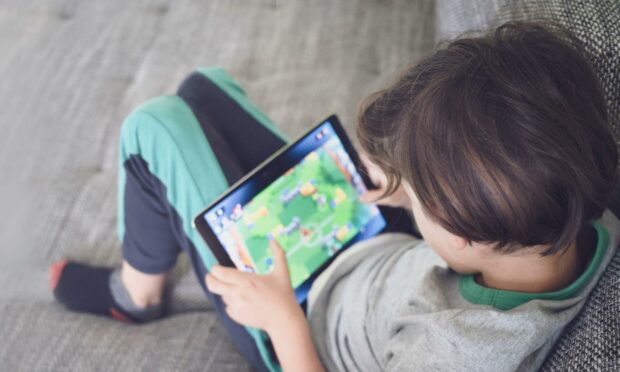
Conversation